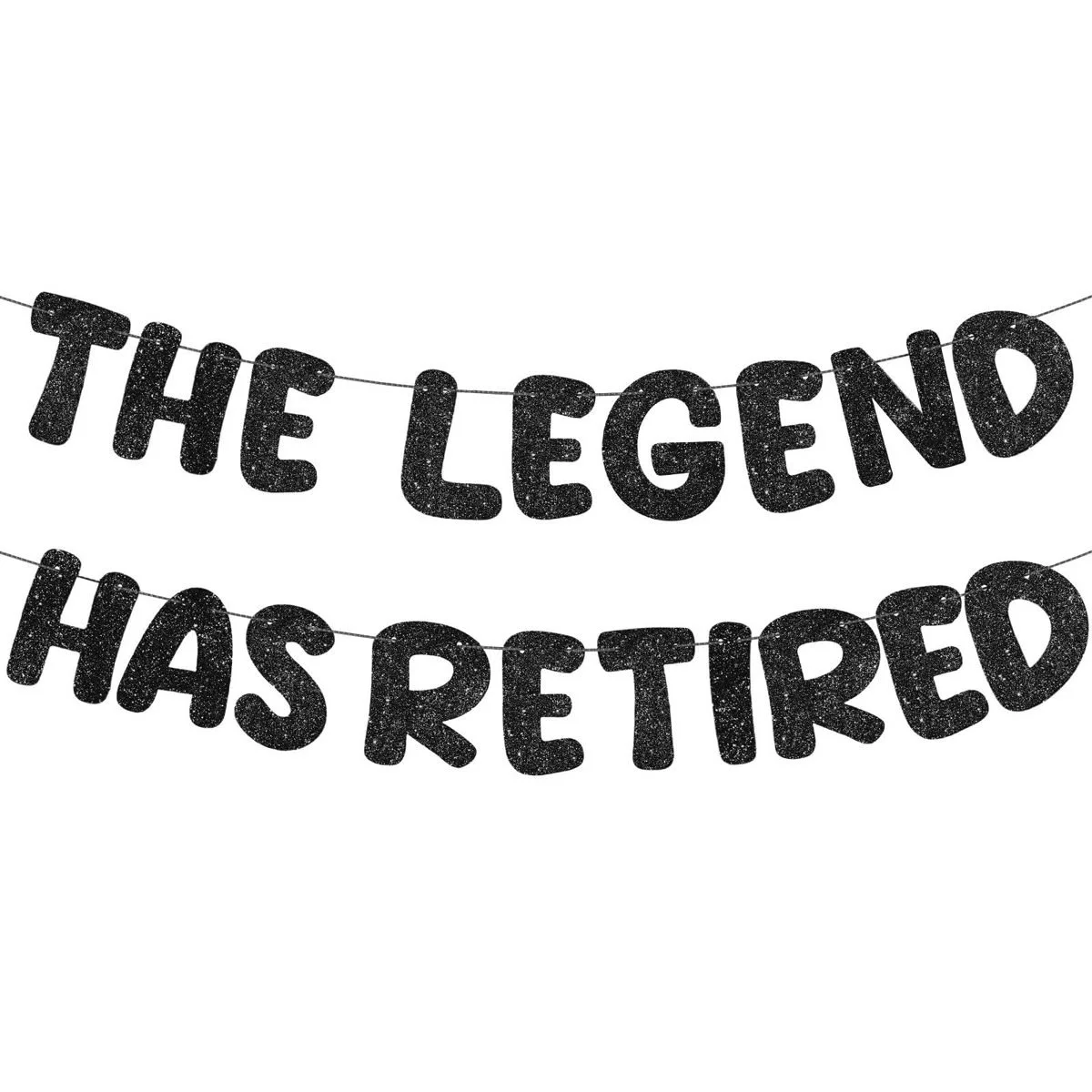Billions of Lives Saved. The Quiet Revolution in Water, Sanitation and Hygiene.
Access to safe water, sanitation and hygiene (WASH) has quietly become one of the most transformative public health achievements of the past decade (WHO/UNICEF, 2025). Though rarely in the headlines, these improvements have reduced disease, strengthened community resilience and enhanced dignity for millions worldwide.
The decade of progress
Between 2015 and 2024, the World Health Organization (WHO) and UNICEF Joint Monitoring Programme (JMP) reported remarkable gains:
961 million people gained access to safely managed drinking water, lifting global coverage from 68% to 74%.
1.2 billion people accessed safely managed sanitation, increasing coverage from 48% to 58%.
1.6 billion people gained access to basic hygiene facilities, such as handwashing with soap and water, raising coverage from 66% to 80%.
The number of people practising open defecation fell by 429 million globally (WHO/UNICEF, 2025).
These numbers represent more than infrastructure upgrades. They reflect a transformation in quality of life. Families spend less time collecting unsafe water, children are protected from preventable diseases, and communities gain the foundations for better health, education, and economic participation.
Yet progress remains uneven. As of 2024, 2.1 billion people still lack safely managed drinking water, 3.4 billion are without safely managed sanitation, and 1.7 billion have no access to basic hygiene facilities. Around 354 million people continue to practise open defecation (UNICEF & WHO, 2025; UN-Water, 2025). These gaps highlight the need for renewed investment, political will, and global cooperation to ensure that progress does not stall.
Why access still matters
Clean water and sanitation underpin every aspect of human wellbeing. Expanded WASH services are among the most cost-effective public health interventions, reducing diarrhoeal disease, undernutrition and exposure to waterborne pathogens, preventing millions of deaths each year (WHO/UNICEF, 2025). Each dollar invested in WASH yields between four and seven dollars in return through reduced healthcare costs, higher productivity and improved education outcomes, particularly for women and girls (WHO, 2024).
However, global progress towards Sustainable Development Goal 6, universal access to water and sanitation, continues to be slowed by deep inequalities. Rural and marginalised populations remain disproportionately underserved. Addressing these gaps requires targeted financing, inclusive governance and strong local ownership to ensure that gains are sustained and shared.
The road ahead
Climate change is adding urgency. More frequent droughts, floods and contamination events are straining water and sanitation infrastructure, threatening to reverse hard-won progress. Resilient WASH systems, designed to adapt to shifting conditions and withstand climate shocks, are now essential to both public health and climate adaptation (WHO/UNICEF, 2025)
Encouragingly, innovation is reshaping how governments and organisations respond. Satellite monitoring, artificial intelligence (AI) and geospatial analytics are helping identify service gaps and improve data accuracy, allowing decision-makers to target resources where they’re needed most. These tools are enhancing accountability and accelerating progress towards universal access.
Still, the road ahead remains steep. Persistent underinvestment in low-income countries, weak regulatory frameworks and fragmented governance continue to hinder long-term progress. Population growth, groundwater depletion and waste management challenges are adding further pressure. And while infrastructure expansion is vital, so too is behaviour change, sustained education and community engagement are critical to ensuring that facilities translate into lasting health outcomes.
The next decade will determine whether the world can close the remaining WASH gap or risk backsliding under climate and demographic stress. The tools, technology and evidence are already in place; what’s needed now is the political will and financial commitment to deliver clean water and sanitation for every person, everywhere.
References
UNICEF and WHO (2025). UNICEF WASH Overview Results 2024. New York and Geneva. https://knowledge.unicef.org/wash/resource/unicef-wash-overview-results-2024
WHO (2024). Global Analysis and Assessment of Sanitation and Drinking-Water (GLAAS) Report 2024. https://glaas.who.int/
WHO/UNICEF Joint Monitoring Programme (2025). Progress on Household Drinking Water, Sanitation and Hygiene 2000–2024: Special Focus on Inequalities. World Health Organization, Geneva. https://data.unicef.org/resources/jmp-report-2025/



